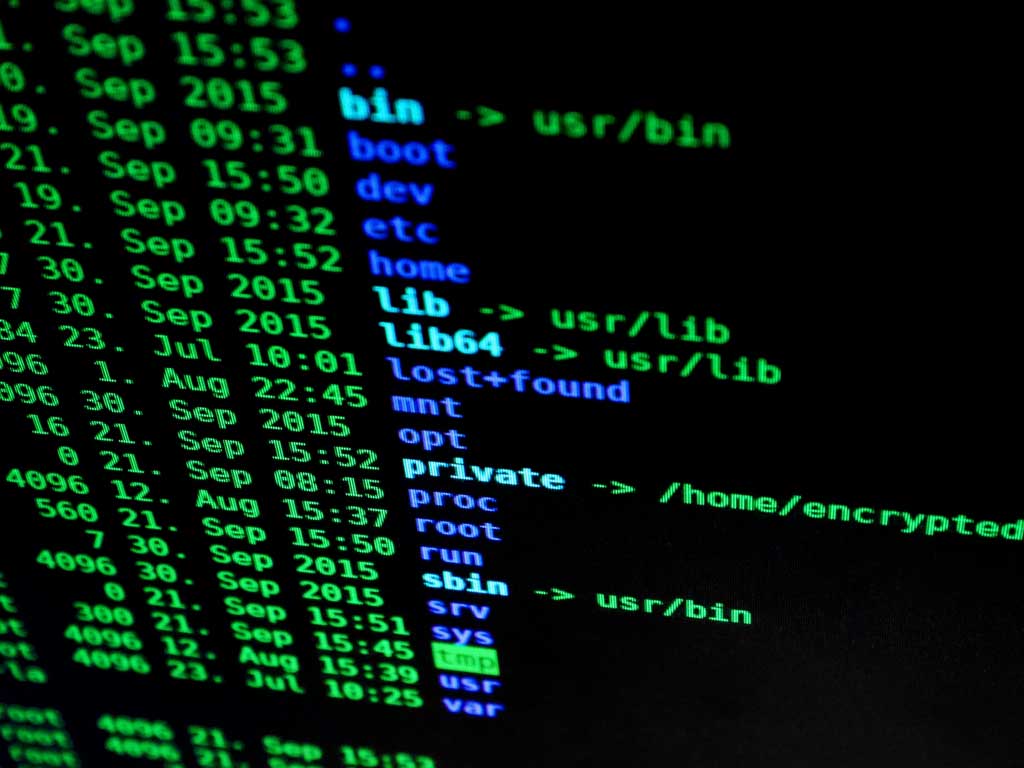Digital operations are becoming increasingly complex, and with that complexity comes heightened risks for enterprises of every size. As businesses adapt to new technologies, they must simultaneously defend against sophisticated cyber threats that evolve just as rapidly.
Cyber resiliency in 2025 is no longer about just preventing attacks; it is about ensuring that organizations can anticipate, withstand, recover from, and adapt to disruptions while maintaining trust and business continuity. Building resiliency requires an integrated strategy that goes beyond traditional cybersecurity, blending technology, culture, and forward-thinking leadership.
 Photo by Pixabay on Pexels
Photo by Pixabay on Pexels
For years, companies have focused on cybersecurity as a means of keeping intruders out. While this defensive posture remains important, the rise of advanced persistent threats, state-sponsored attacks, and widespread ransomware campaigns has shown that no system is completely immune. Cyber resiliency broadens the perspective. Instead of focusing exclusively on defense, it emphasizes how an organization responds once an attack inevitably occurs. This includes minimizing downtime, ensuring rapid recovery of critical systems, and maintaining business operations even under duress. In 2025, the shift toward resiliency reflects the recognition that resilience, not just resistance, defines long-term success in a digital-first economy.
A resilient organization incorporates several interconnected elements into its strategy. Strong identity and access management ensure that only authorized users can reach sensitive systems, while continuous monitoring provides early detection of unusual activities. Threat intelligence feeds supply real-time updates about new risks, helping organizations stay ahead of attackers. Equally important is incident response planning, which outlines how teams should react during a crisis. By combining prevention, detection, response, and recovery into one cohesive approach, enterprises create a more durable shield against disruption. This layered strategy ensures that even if one defense fails, others are ready to mitigate the damage.
Cyber threats continue to grow in sophistication, and business owners face the challenge of keeping systems secure while maintaining smooth operations. Many wonder the question, Why Security Operations are critical for business security, so it’s important to understand how integrating IT operations with security teams ensures faster detection, coordinated responses, and reduced risk. This combination allows organizations to act quickly during incidents, minimize downtime, and maintain customer trust even when attacks occur. Implementing effective SecOps practices gives companies the resilience needed to navigate an increasingly complex digital environment.
Technology alone cannot safeguard enterprises from evolving cyber threats. Human behavior remains one of the most critical variables in resilience. Employees can either be the first line of defense or an unwitting gateway for attackers. Phishing, social engineering, and insider threats highlight the importance of building a culture of cyber awareness. Regular training programs, simulations, and clear communication about risks can empower staff to act responsibly. Leadership must set the tone, prioritizing cybersecurity at the boardroom level and reinforcing that resilience is everyone’s responsibility. By fostering accountability across the organization, businesses strengthen their ability to adapt quickly during a crisis.
Governments and regulatory bodies around the world are tightening requirements to ensure organizations take cyber resiliency seriously. In 2025, frameworks such as the European Union’s Digital Operational Resilience Act (DORA) and similar initiatives in the United States and Asia-Pacific regions are influencing how enterprises design their strategies. Compliance now extends beyond demonstrating that systems are secure; businesses must show they can sustain operations despite disruptions. Non-compliance carries steep penalties and reputational damage, making proactive investment in resiliency both a regulatory necessity and a competitive advantage. Enterprises that align with these standards position themselves as trustworthy partners in an increasingly scrutinized digital marketplace.
Modern enterprises are increasingly leveraging advanced technologies to strengthen cyber resiliency. Artificial intelligence and machine learning enable systems to detect anomalies more quickly, automating tasks that once required manual oversight. Cloud-native security solutions give organizations the flexibility to scale protections across hybrid environments. Zero-trust architectures, which assume that no user or system should be trusted by default, further limit potential attack surfaces. Combined, these technologies empower enterprises to stay agile, adapt to shifting conditions, and maintain operational continuity. By 2025, organizations that integrate these tools are better equipped to address both known and unforeseen challenges.
Resiliency is not a static goal but a continuous process. Organizations must regularly reassess their systems, update their response plans, and stay informed about new threats. Building strong partnerships with technology vendors, government agencies, and industry peers can enhance collective defense and information sharing. Equally important is measuring the effectiveness of resiliency strategies through regular audits and simulations, which reveal areas for improvement. Enterprises that approach resiliency as a living framework rather than a one-time project are the ones best positioned to weather disruptions. Looking ahead, those who invest in resilient practices today will enjoy greater stability and trust tomorrow.
 Photo by Philipp Katzenberger on Unsplash
Photo by Philipp Katzenberger on Unsplash
Cyber resiliency in 2025 is more than a technological initiative; it is a holistic approach that blends prevention, response, recovery, and adaptation into every aspect of digital enterprise operations. As businesses confront increasingly complex threats, they must focus not just on keeping attackers out but on ensuring continuity and confidence when breaches occur. From regulatory compliance to the integration of SecOps, the path forward demands a balance of human vigilance and advanced technology. By committing to this comprehensive model, enterprises secure their data and their future, ensuring they can thrive.
Discover our other works at the following sites:
© 2025 Danetsoft. Powered by HTMLy